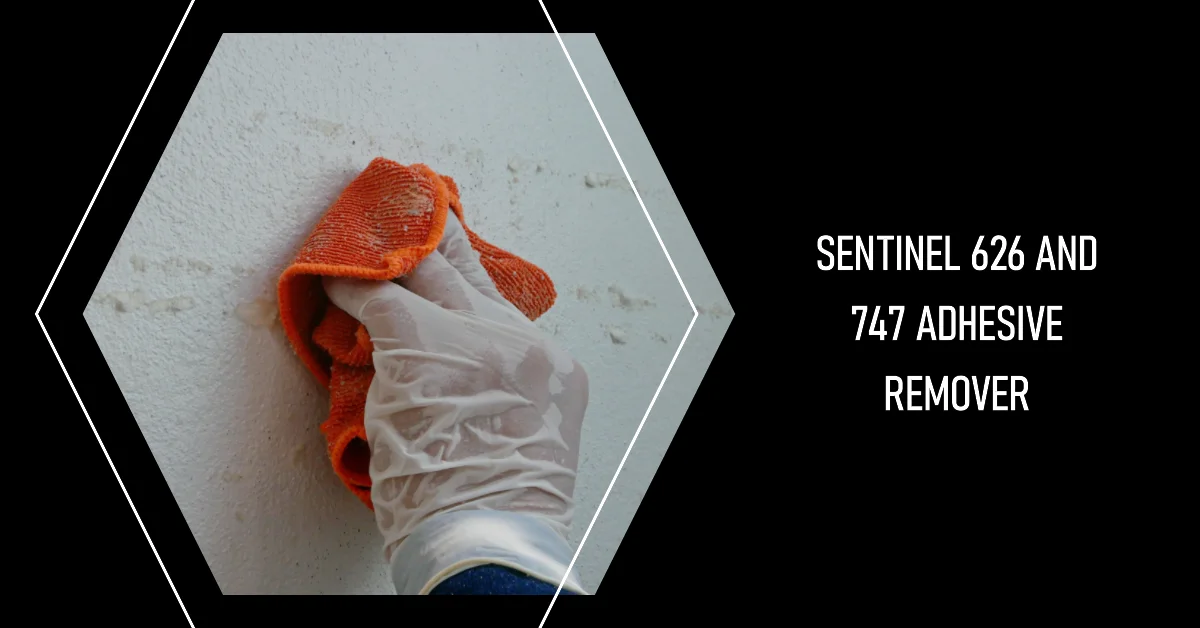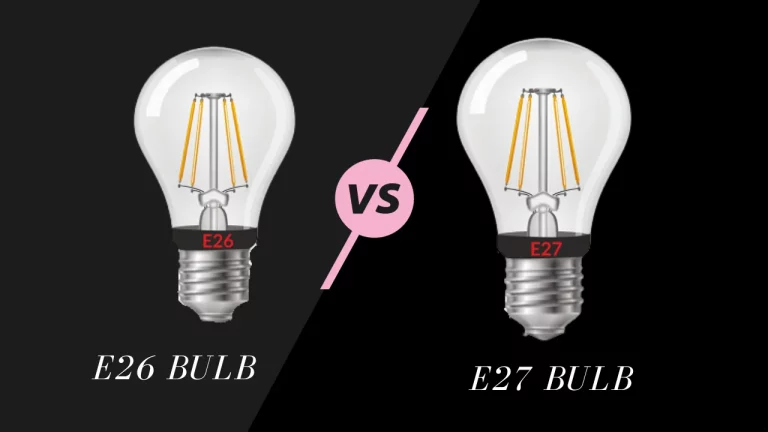What is difference between sentinel 626 and 747
Did you what is difference between sentinel 626 and 747 ? I will be happy to help you understand the differences between them. Both are adhesive removal formulas, each with unique properties, design for specific use cases.
Here is a detailed comparison between sentinel 626 vs 747 as per their features, functions, technical specifications, and other pertinent details. So you can choose the best option for your needs.
What is Sentinel 626
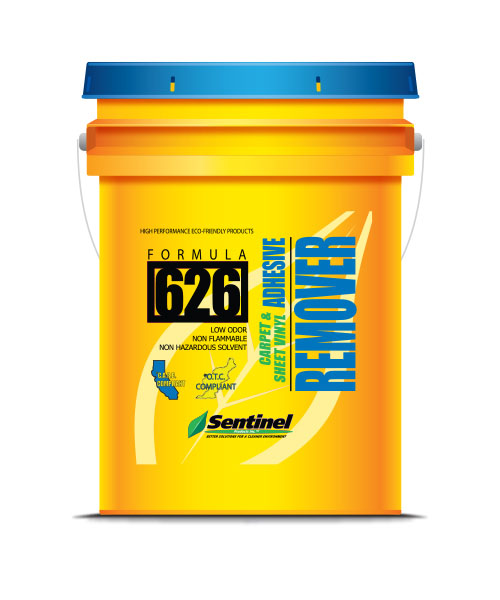
Key Features
- Water-based
- Biodegradable formula
- Removes latex, acrylic, and pressure-sensitive adhesives
- Effective on some mastics and urethanes
- Non-flammable
- Fresh scent
Sentinel 626 is a water-based and biodegradable adhesive remover which is more environmentally friendly solution when removing adhesives. It is specifically design for quickly removing latex, acrylic, and pressure-sensitive adhesives, and it is also effective on some mastics and urethanes.
As it is non-flammable, Sentinel 626 is safer to use compared to solvent-based removers. Additionally, its fresh scent provides a pleasant user experience, as it doesn’t emit a strong odor.
What is Sentinel 747
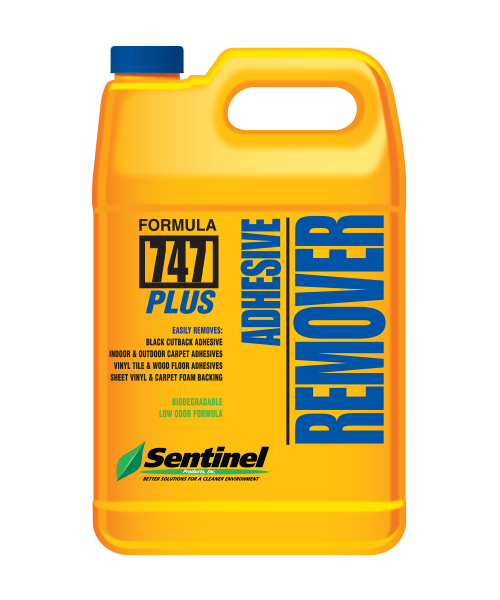
Key Features
- Solvent-based
- Removes a wider variety of adhesives including mastics, urethanes, and hot-melt adhesives
- Effective on some paints and varnishes
- Flammable
- Strong odor
Sentinel 747 Plus is a solvent-based adhesive remover which is designed for more robust and challenging tasks. It is capable of removing a broader range of adhesives, including mastics, urethanes, and hot-melt adhesives. It also works effectively on some paints and varnishes.
However, this product is flammable and requires proper handling precautions to ensure safety.
Difference Between Sentinel 626 and 747
Sentinel 626 and 747 are both adhesive removers from Sentinel Products, but they have some key differences. Sentinel 626 is a water-based adhesive remover, while Sentinel 747 is a solvent-based adhesive remover. This means that Sentinel 626 is less likely to damage the surface you are working on, but it may not be as effective at removing stubborn adhesives. Sentinel 747 is more effective at removing stubborn adhesives, but it can be more harmful to the surface you are working on.
Here is a table that summarizes the key differences between Sentinel 626 and 747:
| Feature | Sentinel 626 | Sentinel 747 |
|---|---|---|
| Base | Water | Solvent |
| Purpose | General adhesive removal | Heavy-duty adhesive removal |
| Effectiveness | Less effective at removing stubborn adhesives | More effective at removing stubborn adhesives |
| Drying Time | Generally dries quickly | May take longer to dry due to stronger formulation |
| VOC Content | Low VOC content | Moderate VOC content |
| Harmfulness to surface | Less harmful | More harmful |
| Cost | Less expensive | More expensive |
Popularity
Both Sentinel 626 and Sentinel 747 have their own popularity, depending on the user’s requirements. Those seeking a more eco-friendly and safer option often prefer Sentinel 626, while users who require an adhesive remover for tougher jobs and more substantial residues lean towards Sentinel 747 Plus.
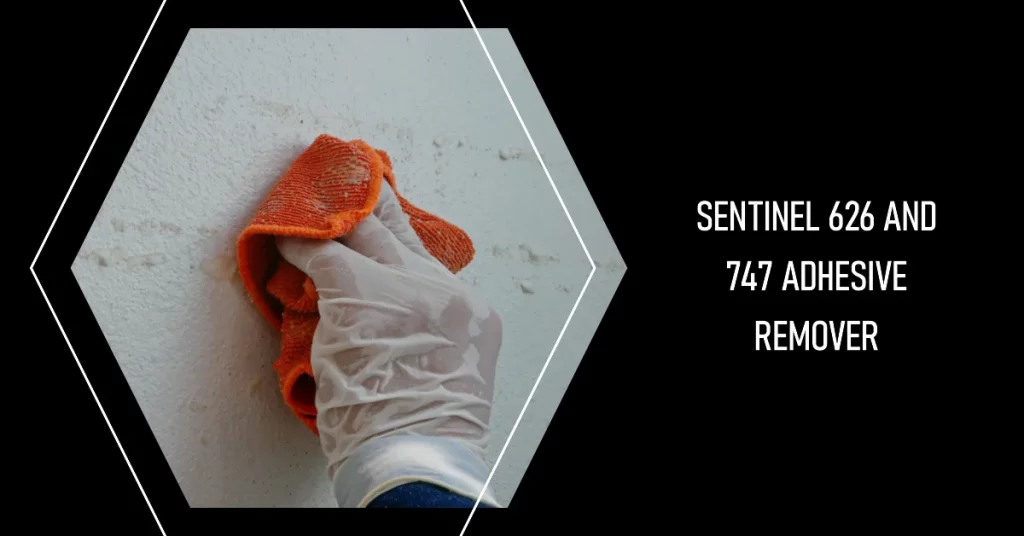
Maintenance and Customer Satisfaction
Overall customer satisfaction varies based on the specific needs of each user. Sentinel 626 users typically appreciate its biodegradable nature, non-flammable properties, and fresh scent. Meanwhile, Sentinel 747 Plus users value its ability to tackle more challenging adhesive removal tasks.
Proper storage and handling are essential for both products, especially considering the flammable nature of Sentinel 747 Plus.
Always follow the manufacturer’s instructions and safety guidelines.
Conclusion
In conclusion, your choice between Sentinel 626 and Sentinel 747 Plus will largely depend on your specific needs and priorities, such as eco-friendliness, scent, and adhesive removal capabilities. Make sure to consider these factors carefully when selecting the best adhesive remover for your requirements.
Refence Link

